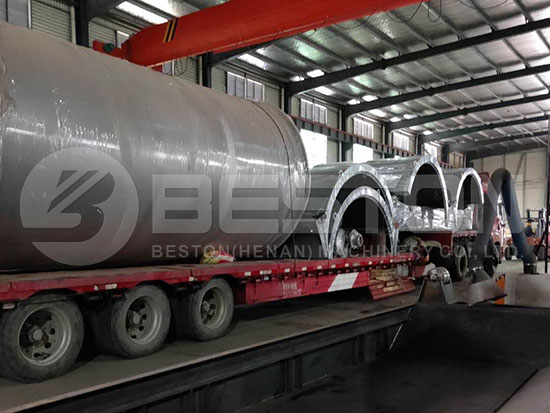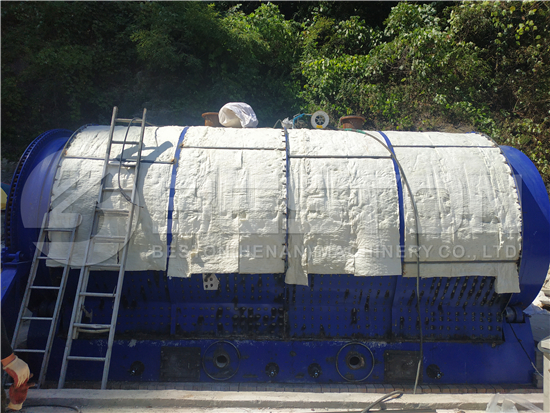For decades, the world as a whole has struggled to deal with increasing quantities of human-generated waste. There is plastic waste, agricultural waste, scrap tires, oil sludge, construction site waste and much more to deal with every day. The oceans are becoming contaminated with plastic and the landfill sites are overflowing and contaminating surrounding water sources and soil. Fortunately, new environmentally friendly methods of dealing with all kinds of waste are emerging. Pyrolysis system, for example, is starting to revolutionize the way waste management facilities are dealing with garbage. What’s more, the right waste pyrolysis plant design can also generate huge profits for operators.

BLJ-16 Pyrolysis Machine to Romania
What Is Waste Pyrolysis?
During the pyrolysis process, materials are heated to very high temperatures in an oxygen-absent environment. Since there is no oxygen present, instead of burning and releasing toxic fumes, the materials vapourize. The vapor is liquefied into different components using a water-cooled condensing system. It’s vital that there is no oxygen present in the reactor chamber for pyrolysis to take place. The end products of pyrolysis are pyrolysis oil, carbon black and combustible gas, which will be different from different raw materials.
Different Raw Materials
Tire pyrolysis plant is being used to turn scrap tires into carbon black, fuel oil, steel wire, and combustible gas. Waste plastic pyrolysis reactors can transform plastic waste that would take over 500 years to decompose in landfills into fuel oil. And rubber pyrolysis plant will convert rubber with to pyrolysis oil, carbon black and combustible gas. While the end products of oil sludge pyrolysis plant will be pyrolysis oil, sand, and water.

Rubber Pyrolysis Machine in Korea
All types of waste materials can be processed in a pyrolysis plant. The end products produced vary depending on the constitution of the raw materials. Here are the uses of the end products (taking tyre pyrolysis plant for example).
The products of tyre pyrolysis are fuel oil, carbon black, combustible gas, and steel wire. The applications of the above products are stated below.
- Steel Wire
The steel wire can be sold directly in the market, or it can be taken through industrial processes to manufacture iron rods.
- Fuel Oil
The pyrolysis oil can be sold directly in the market, it can be used to make petroleum/diesel for powering vehicles, it can be used to manufacture lubricants, and it can be used as fuel for heating substances in industries.
- Carbon Black
Carbon black can be sold directly in the market, it can be processed again to make high-quality carbon, and it can be used to manufacture carbon bricks.
- Combustible Gas
The combustible gas is taken back to the reactor to heat it. The recycling of the combustible gas into the reactor makes the tire recycling plant a self-sustaining system.
Waste Pyrolysis Plant Types
The price of pyrolysis plants is largely dependent on the automation level and working method of the plant. The most expensive pyrolysis reactors are fully continuous reactors, which have horizontal, fixed reactors and can operate 24/7. Rotary pyrolysis reactors are less expensive, but waste material has to be fed into the reactor in batches and the reactor has to be cooled down between batches. This means that batch pyrolysis plants have much lower daily processing capacities. More details can be found: https://bestonasia.com/tire-pyrolysis-plant-cost/.